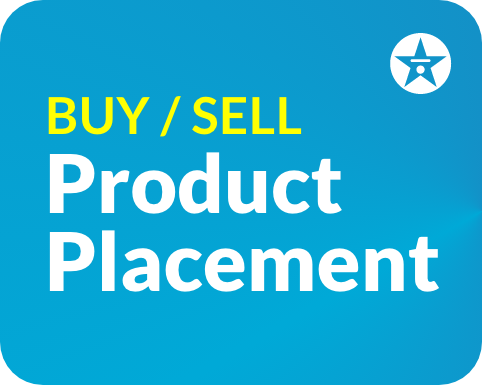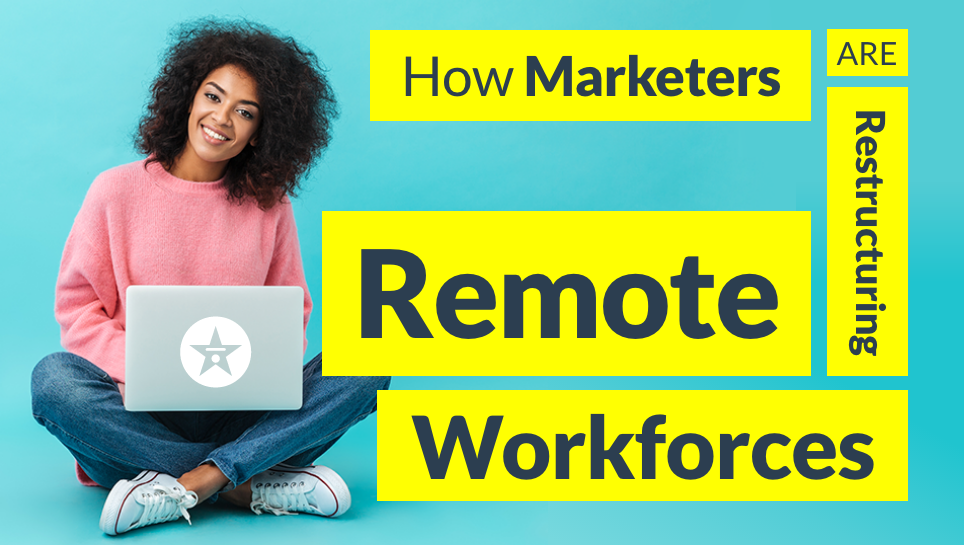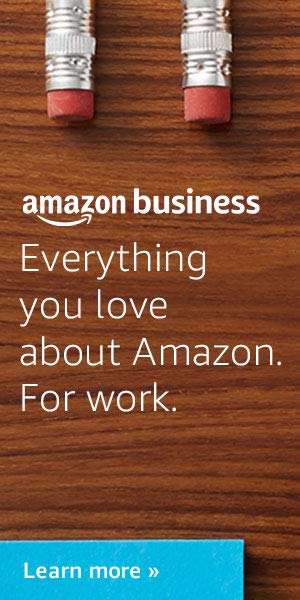Brand marketers and the advertising industry have undergone seismic shifts over the past 5 years. Restructuring remote workforces due to the COVID pandemic has created a pivotal point for numerous CMOs, Brand Directors and advertising agencies. Many are moved to assess the workforce structure of their organization as well as how they engage their vendor advertising agencies.
Advertising Agencies
Advertising agency Wieden+Kennedy asked the more than 450 employees at its Pearl District headquarters to start working from home as the severity of the coronavirus pandemic came into focus. Many months later, those employees are still working remotely, and the company doesn’t expect to welcome most of them back to the office for some time.
Publicis Groupe reduced the total amount of US employees and moved jobs outside the US after their $4.4 billion purchase of email marketing and data company Epsilon as noted in Business Insider. Meanwhile, other large advertising agencies are offering unique perks to prevent staff burnout as noted in Business Insider. This effort to keep employees in densely populated urban settings is a result of agency workers fleeing ad hubs like NYC, SF & LA following the COVID crisis as noted by Advertising Age.
Post-COVID Workforce
While the goal of some employers has been to retain workers and return to business as usual in a “post-COVID” world, other employers are rethinking the status quo. Many are assessing how they can emerge from the pandemic as a stronger marketing organization with a more adaptive and resilient workforce model. In fact, most marketers expect that the end of the pandemic and return to normalcy will follow an unpredictable path. Several are thinking beyond to the possibility of future wide-scale societal disruptions. For these marketers, this moment provides an opportunity for reinvention, rather than a return to the pre-COVID status quo.
Remote Work in Marketing
Not surprisingly, the expansion of remote work and the structure for managing remote workers, whether on a full-time, contract, or contingent basis, is a key component that many marketers are evaluating in their planning process. Over the past year, the work-from-home environment necessitated by the pandemic led employers to invest heavily in technology and communications upgrades. Having adapted to working from home, large contingents of employees may request telecommuting for most, if not all, of the workweek in the post-COVID world. They also may desire to move indefinitely to other states, with or without transparency regarding their work location, creating a myriad of issues for marketers, especially when coordinating timelines, campaigns, strategy, deadlines and creative work.
Many newbie remote companies believed that remote just meant all the same meetings, but over Zoom. That led to even more misery than meetings generally do (aka Zoom fatigue). Instead, companies need to make the transition to an asynchronous collaboration culture in order to do well as a remote company.
Work from Home Challenges
Work-from-home also sets the stage for a conflict between an employee’s private home and a manager’s ability to supervise and monitor the work of that employee, as home/office distinctions have been blurred more than ever. Even advertising agencies have seen heavy upheaval as their budgets were slashed and the remaining employees migrated from cohesive in-office brainstorming to utilizing Miro boards, Slack communications, Zoom video-conferencing or other group collaboration tools.
Transitioning to a truly remote workforce requires a top-to-bottom rethink of how marketing is conducted on an everyday basis, with an emphasis on asynchronous communications and SaaS marketing tools.
As marketers rethink how they want to emerge from the pandemic, they face the additional challenges associated with the vast array of media buys, especially as legacy advertising (eg/ TV commercials) declines in marketing efficacy.
Relevant topics and marketing issues to consider:
- Workforce restructuring, including redefining, modifying, or eliminating positions and rethinking compensation and benefits structures;
- Hybrid models for remote work within an organization;
- Defining / redefining positions and essential job functions in a flexible workforce;
- Non-discrimination employment policies and reasonable accommodation requirements;
- Wage and hour laws governing employment status, minimum wage and overtime requirements, overtime-exempt status requirements, timekeeping requirements, travel time, compensable time, and breaks;
- Performance management in a remote workforce;
- Equipment and expense reimbursements;
- Worker classification, contingent workers and contractors, employees of third-party service providers and vendors, and joint employment;
- Data privacy and data security;
- Ad agency IP security compliance;
- ROAS – Return on Ad spending (cost of: ad agency, production budgets, media placements);
- Advertisers ability to deliver effective advertising (with less emphasis on TV commercials)
While the list above is not exhaustive, it illustrates areas where marketing strategies and logistics is in need of close attention.
As marketers seek to elevate brand awareness, remote workforces (both internal and ad agency vendors) will need a new operating paradigm. Gone are the days of large, global advertising conglomerates demanding exorbitant fees while only delivering de facto TV commercials as the primary solution to generate brand awareness.
New Marketing Paradigm
Amalgamation of branded entertainment, SEM, OOH, and CRM. This new strategic marketing paradigm offers some enticing alternative to legacy advertising techniques. Behavioral science paired with big data modeling is uncovering the causal impetus that guides many consumers through the sales funnel. Further refinements continue to reveal repeatable patterns with simple optimizations to timing, audience, and reach.
- Awareness: Utilize brand integrations inside entertainment productions (music videos, TV shows, video games, movies, influencers) as the replacement to TV commercials to drive brand awareness.
- Consideration: Synchronize brand integrations with SEM (search engine marketing) lead-gen tools to capture awareness, building your funnel, and refining user ID tables with an increasingly detailed consumer profile.
- Conversion: Drive conversion through the sales funnel by pairing your consumer profile database with your CRM and localized OOH campaigns. Swarm end-points help align key sales dates and user profiles to further fan interest and increase conversions.
Hybrid Work Model
The hybrid approach is likely to appeal most to larger, more established companies that are trying to find a middle ground between office-based and fully remote work. They may struggle to achieve this initially, however, as they try to adapt offline processes to an online setting for a workforce spread across cities, states, and time zones.
Building a Remote Marketing Workforce
Building a remote marketing workforce will likely determine which businesses are going to be the next unicorn. Even more importantly, which businesses will survive in this new hyper competitive market and with a distributed workforce. Growing business post-pandemic is surely the goal. A methodical, pragmatic approach merging behavioral patterns, consumer intent and technological changes will help those companies build a juggernaut of remote marketers.
Let’s create a better future!
Get brands inside entertainment scenes.
Follow Us:
Related posts


Learn More ›
Latest Articles
Subscribe to Newsletter
- DTC marketing news and trends—tracking the industry ups and downs Source: Ad Age-Latest Published on 2023-09-25
- Hollywood Screenwriters reach tentative deal to end strike Source: Ad Age-Latest Published on 2023-09-25
- Hollywood Screenwriters reach tentative deal to end five-month strike Source: Ad Age-Latest Published on 2023-09-25
- What Gen Z loves—and hates—about brand marketing Source: Ad Age-Latest Published on 2023-09-25



Stay connected